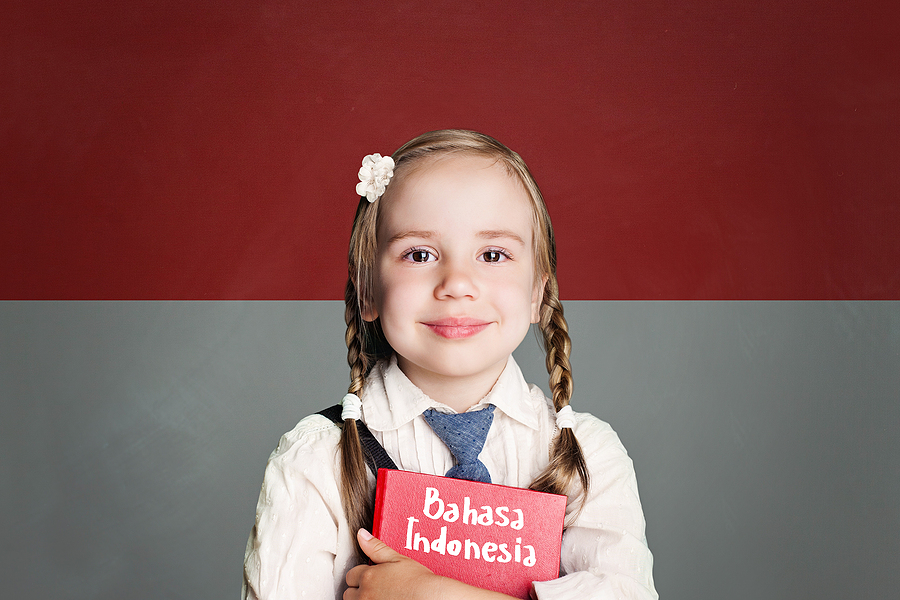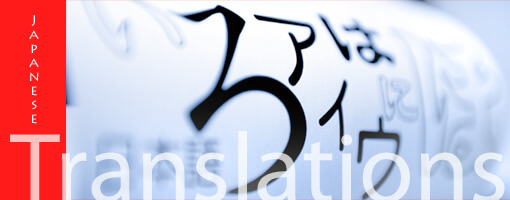The most important languages of the Malay Peninsula and the vast, scattered Indonesian archipelago are Bahasa Melayu and Bahasa Indonesia. They are both based on the language of the Malay people who today live in Malaysia, Singapore, and parts of Western Indonesia. The two languages are almost so similar that a Malaysian from Ipoh in North West Malaysia would easily be able to communicate with a Timorese from Kupang in Indonesia, despite differences in vocabulary and pronunciation. The differences between the two languages are more like the differences between Castilian Spanish and the Spanish of many South American countries.
The word ‘Bahasa’ means ‘language,’ hence Bahasa Indonesia, is the ‘language of Indonesia.’ Until recently, Bahasa Melayu was more commonly called Bahasa Malaysia, although the term ‘Melayu,’ meaning Malay, (rather than the nation-state of Malaysia) was always more common in Singapore and Brunei. Bahasa Melayu and Bahasa Indonesia are often just called ‘Bahasa’ by locals.
History has shaped the emergence of the two languages
Both these two languages, whatever their origin, have become important unifying influences in the two neighboring countries of Malaysia and Indonesia. Malaysia and Singapore have been strongly influenced by British colonialism and a short, but bloody period of Japanese occupation in the Second World War. The colonial period meant that the indigenous Malay people were forced to share their territory with significant populations of ethnic Chinese and Tamil Indians. Although English has had a strong influence on both Malaysia and Singapore, the modern nation of Malaysia has adopted Bahasa Melayu as the official language of the country and is the main language of government and education. Nonetheless, Chinese and Indian Malaysians commonly speak at least three languages, their language of birth, (Chinese or Tamil) as well as Bahasa and English.
The word ‘Malaysia’ by the way is a combination of Malaya (the old British colonial name) and Singapore. Each country went its own way after a brief episode of federalism. Singapore’s national language is Malay (Bahasa Melayu) but has four official languages: English, Malay, Tamil, and Mandarin. Singaporeans themselves often say they speak ‘Singlish,’ a unique version of English with its own intonation and smatterings of other languages, including Bahasa.
Indonesia is even more diverse than Malaysia. It was colonized by the Moghuls who used Arabic and then by the Dutch. It is far larger and more diverse and complex linguistically than Malaysia. The modern nation-state of Indonesia emerged from the Dutch colony, a bloody war of independence giving Indonesia “Merdeka” after Indonesians had had enough of being pushed around. To unify this vast scattering of islands with its variety of indigenous languages, cultures, religions, and beliefs, Bahasa Indonesia became the official language. Just about every Indonesian apart from some remote tribes’ people (especially in the disputed territory of Irian Jaya) speaks Bahasa Indonesia as well as their native language. Bahasa Indonesia is consequently the language of government, education, and commerce.
Far-flung language family
The two ‘Bahasa’ are relatively easy languages to learn. A form of Arabic writing, Jawi, is long gone, although still seen in old literary works and religious scripts. There are Arabic words in both languages as well as many other loan words, especially in English. More interestingly is the little-known link between the Malay family of languages and those of the Pacific. In Bahasa, the word for fish is “ikan.” In Fijian, Tahitian, and Maori, the word for the same item of food is ‘ika”. There are important linguistic similarities in the wide-ranging family of languages called Malayo-Polynesian, although a Malaysian or Indonesian would find it impossible to understand a Samoan, Hawai’ian, or even a Malagasy or Filipino.




















